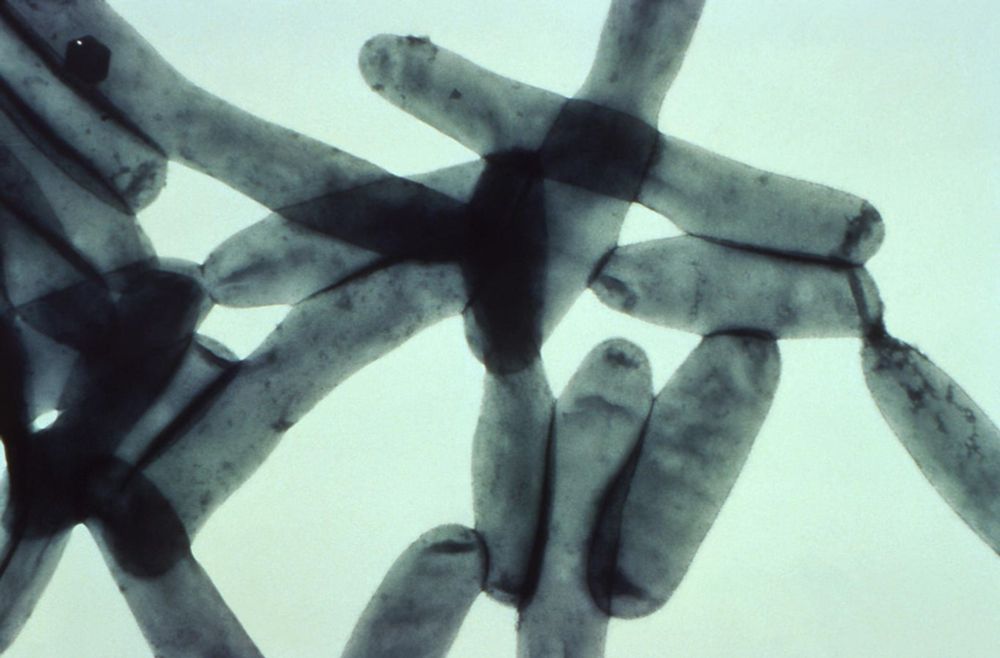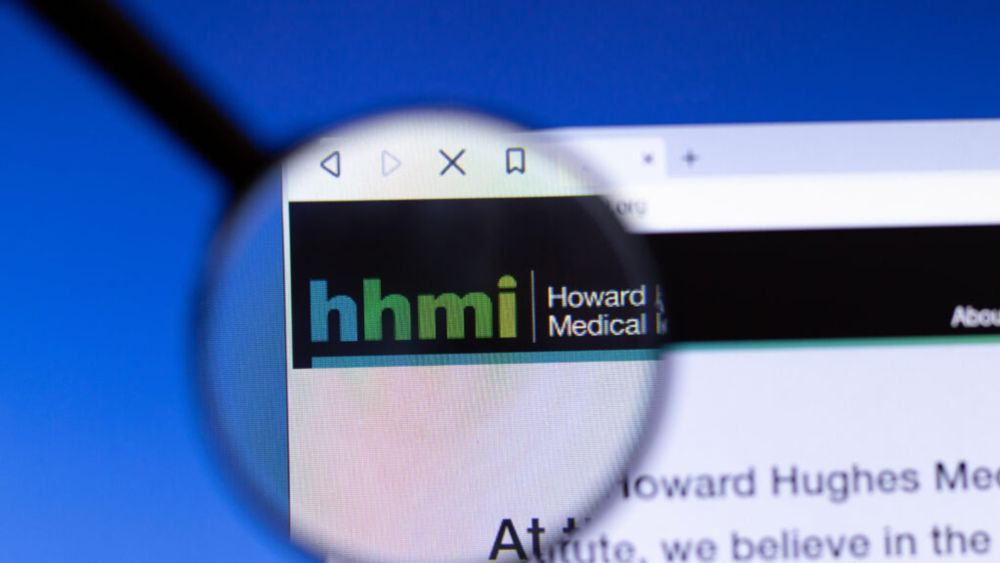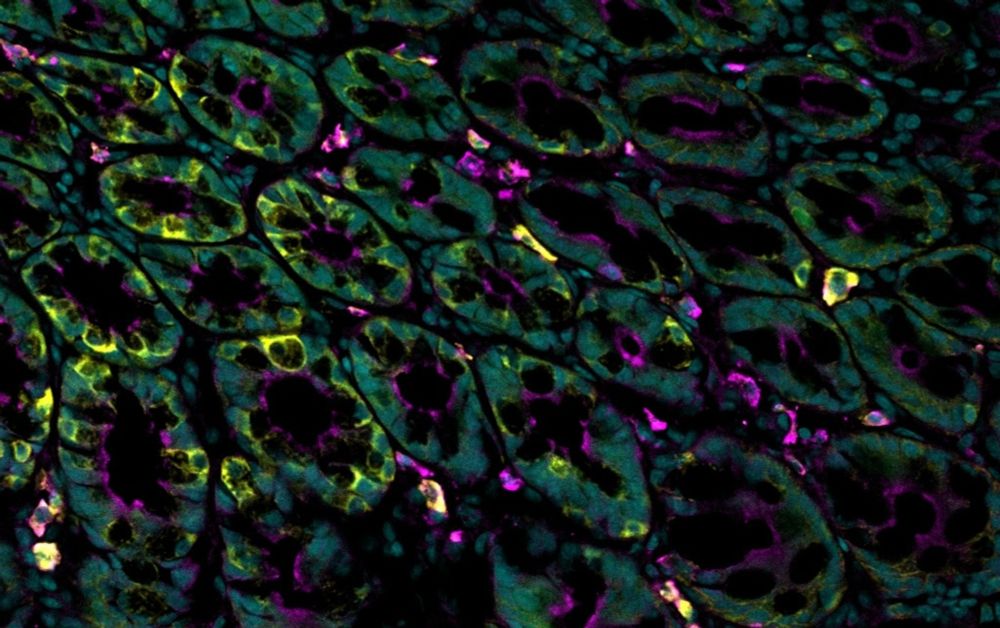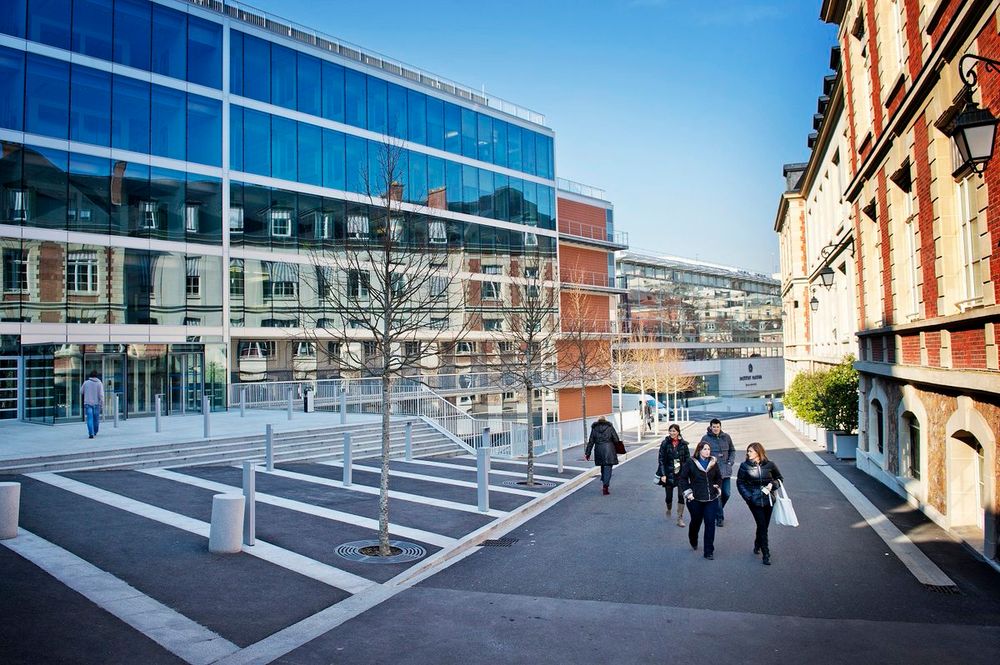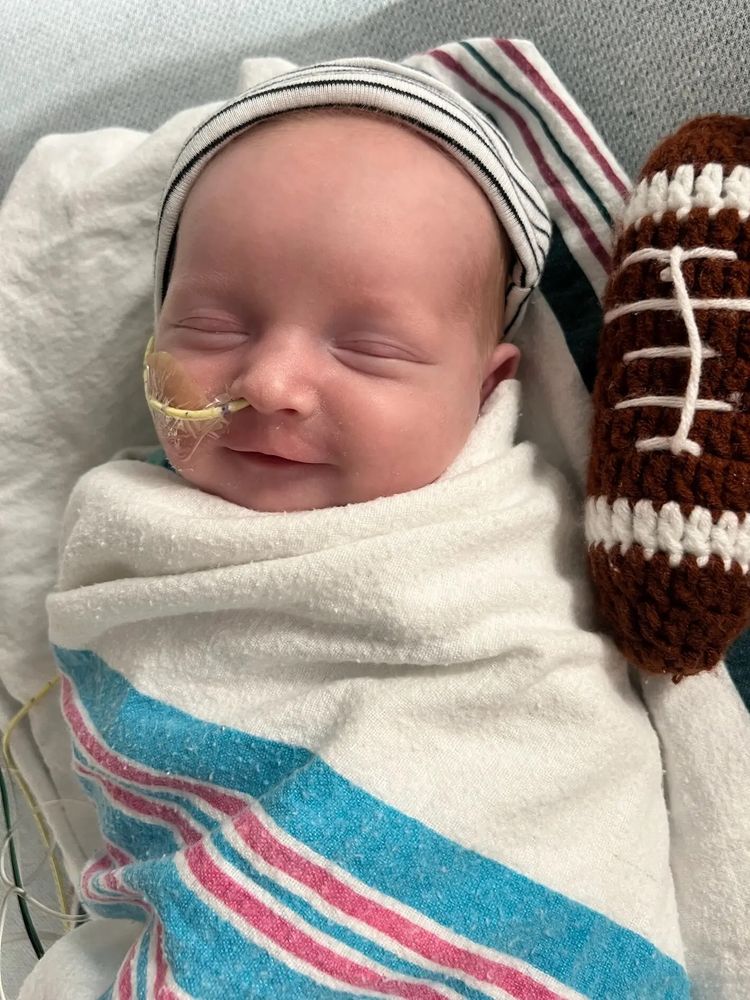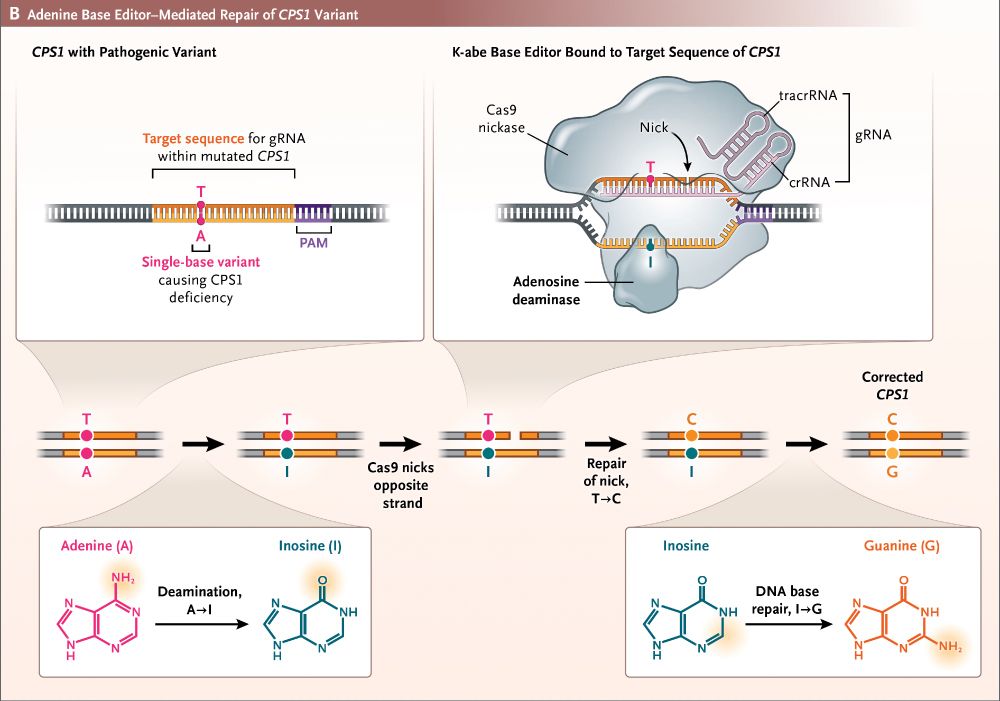Madison (Maddi) Strine
@madison-strine.bsky.social
160 followers
440 following
2 posts
YSM Science Fellow studying human early life T cell-epithelial crosstalk in the lab of Dr. Liza Konnikova | Tuft cell enthusiast | PhD Yale Immunobiology ‘23 | Gettysburg College ‘18 | she/her
Posts
Media
Videos
Starter Packs
Reposted by Madison (Maddi) Strine
Reposted by Madison (Maddi) Strine
Reposted by Madison (Maddi) Strine
Reposted by Madison (Maddi) Strine
Reposted by Madison (Maddi) Strine
Reposted by Madison (Maddi) Strine
Reposted by Madison (Maddi) Strine
Adrian Liston
@labliston.bsky.social
· Jul 9
Probabilistic migration events drive transient tissue residency of lymphocytes during homeostasis
Tissue-resident lymphocytes form a phenotypically and functionally distinct analog to the corresponding circulatory lymphocyte populations. Residential CD8 T cells, in particular, are identified as having prolonged residence in the tissues and key functions in recall responses at tissue-environmental interfaces, although the dwell time in individual tissues has yet to be resolved. Residential CD4 T cells, regulatory T cells, B cells, and NK cells have been demonstrated to share phenotypic properties with residential CD8 T cells, but the migratory kinetics are even more poorly defined. Here we used probabilistic modelling on a large parabiosis dataset, covering multiple time-points and tissues, to calculate migration kinetics and dwell times of multiple lymphocyte subsets across a diverse set of tissues. Markov chain modelling identified distinct cell type-specific and tissue-specific residency patterns. The liver and gut were prone to prolonged residency compared to other tissue types, and a hierarchy of residency was observed with CD8 T cells and NK cells demonstrating longer residency than CD4 conventional T cells and regulatory T cells, which in turn resided in tissues longer than B cells. With few exceptions, however, average residency was at least an order of magnitude shorter than the life-span of the mouse, indicating a more dynamic form of steady-state tissue residency than usually assumed. Together these data provide a comprehensive model of a pan-tissue shared program in lymphocyte tissue residence, as well as identifying cell type- and organ-specific modification of the migratory kinetics. ### Competing Interest Statement The authors have declared no competing interest. Wellcome Trust, https://ror.org/029chgv08, 222442/Z/21/Z European Research Council, TissueTreg
www.biorxiv.org
Reposted by Madison (Maddi) Strine
Reposted by Madison (Maddi) Strine
Reposted by Madison (Maddi) Strine
Reposted by Madison (Maddi) Strine
Jon Freeman
@freemanjb.bsky.social
· May 21
Reposted by Madison (Maddi) Strine
Reposted by Madison (Maddi) Strine
Reposted by Madison (Maddi) Strine
Shaon Sengupta
@shaonsengupta.bsky.social
· May 20
Reposted by Madison (Maddi) Strine
Reposted by Madison (Maddi) Strine
Reposted by Madison (Maddi) Strine
Reposted by Madison (Maddi) Strine
Reposted by Madison (Maddi) Strine
Reposted by Madison (Maddi) Strine












